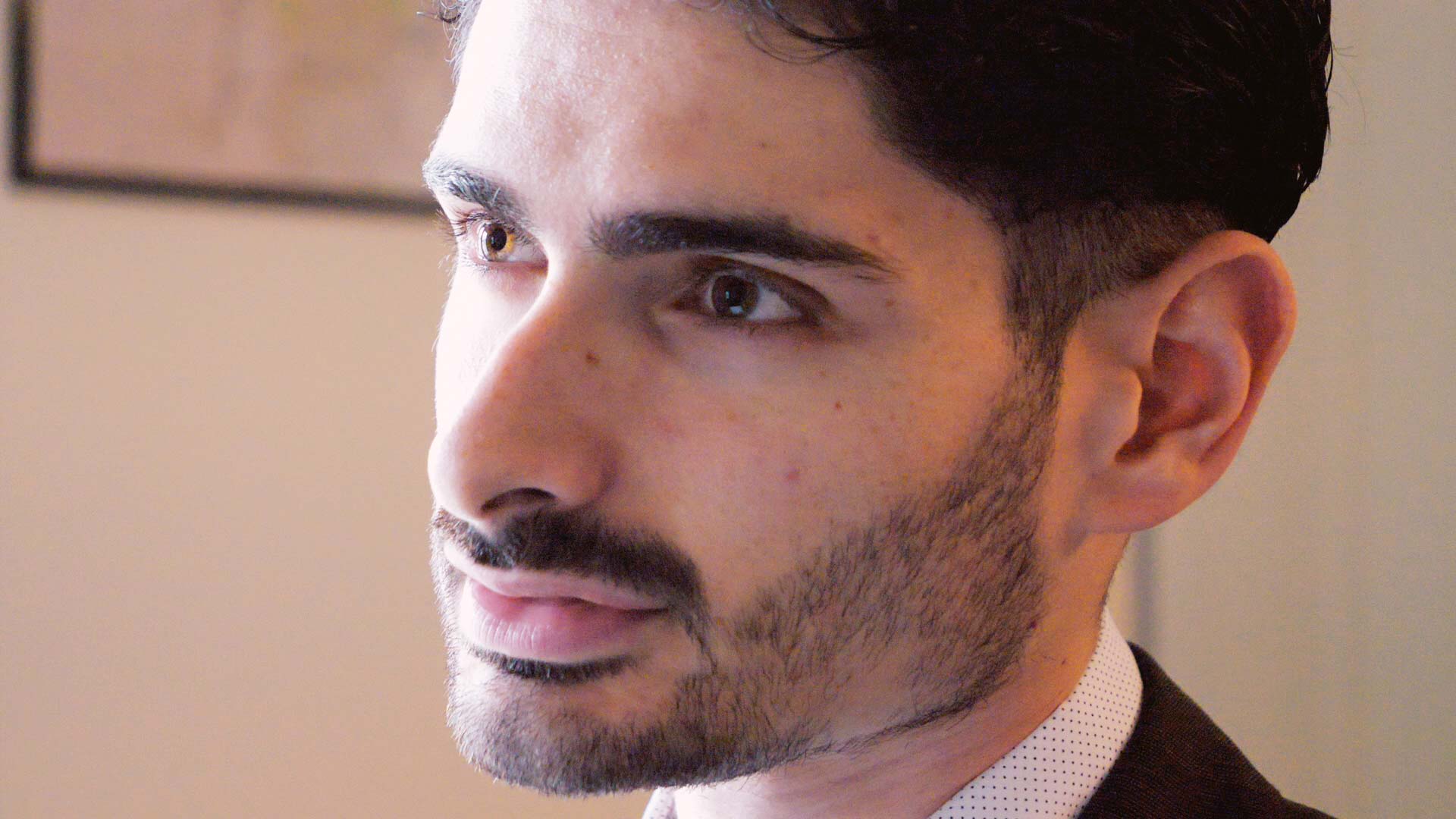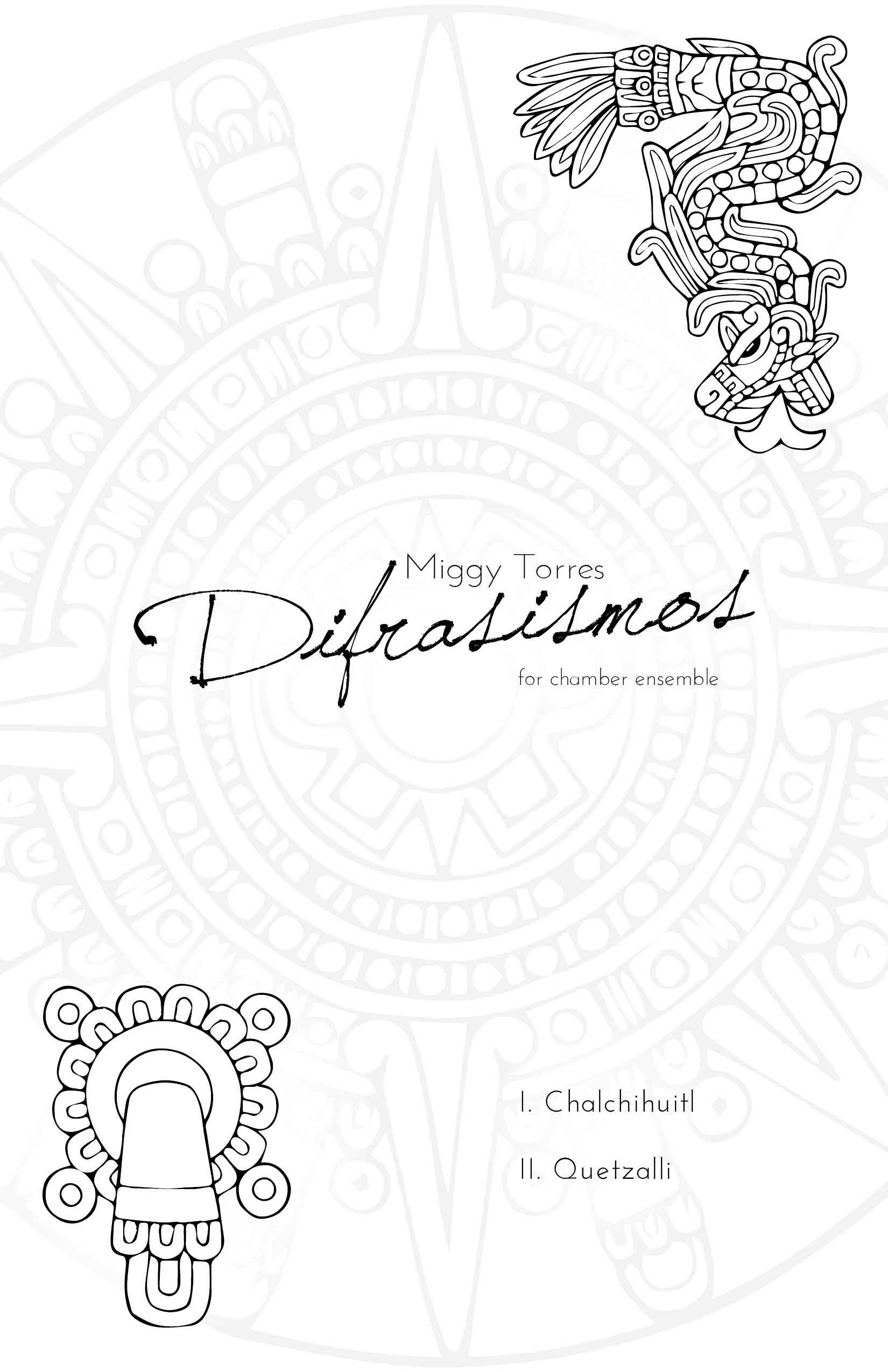

Composer's Note
The chamber work Difrasismos is based upon the Nahuatl linguistic structure of the same name. In Nahuatl—the language of the Aztecs, one that is still spoken today—parallel linguistic structures abound. In many Nahuatl texts one finds examples of a single concept expressed in two ways through the use of paired synonymic or paraphrased lines. These parallelisms are used for emphasis according to Fr. Ángel María Garibay, who says “the same thought expressed twice, clothed in two different images, is like a double stroke of the hammer which drives in the nail.” An example of such a couplet might be something like, “may we not die; may we not perish.” These couplets illustrate the Aztecs’ obsession with duality, and oftentimes one finds nested dualities within Nahuatl speech, forming large binary hierarchies—sometimes reaching as many as five nested tiers.
A subcategory of the couplet described above is a linguistic structure called the difrasismo. According to Nahuatl scholar Miguel León Portilla, when the Aztecs “wanted to endow an idea with maximum clarity and precision, they always isolated two of its qualities,” and used those qualities to describe the idea through eloquent and succinct metaphor. It is the metaphorical aspect of the difrasismo that qualifies it as such. These “couplet kennings” could also be part of nested hierarchies, creating even richer metaphors.
The difrasismo upon which this piece is based is in chalchíhuitl, in quetzalli, which translates literally as “the jade, the quetzal feather,” but when said as one conveys the idea of beauty and preciousness. In the piece, these meanings—both literal and metaphorical—as well as the Aztec obsession with dual structures, couplets, and nested hierarchies are explored through musical metaphor that attempts to be as eloquent and succinct as its linguistic counterpart.
Cheers.





